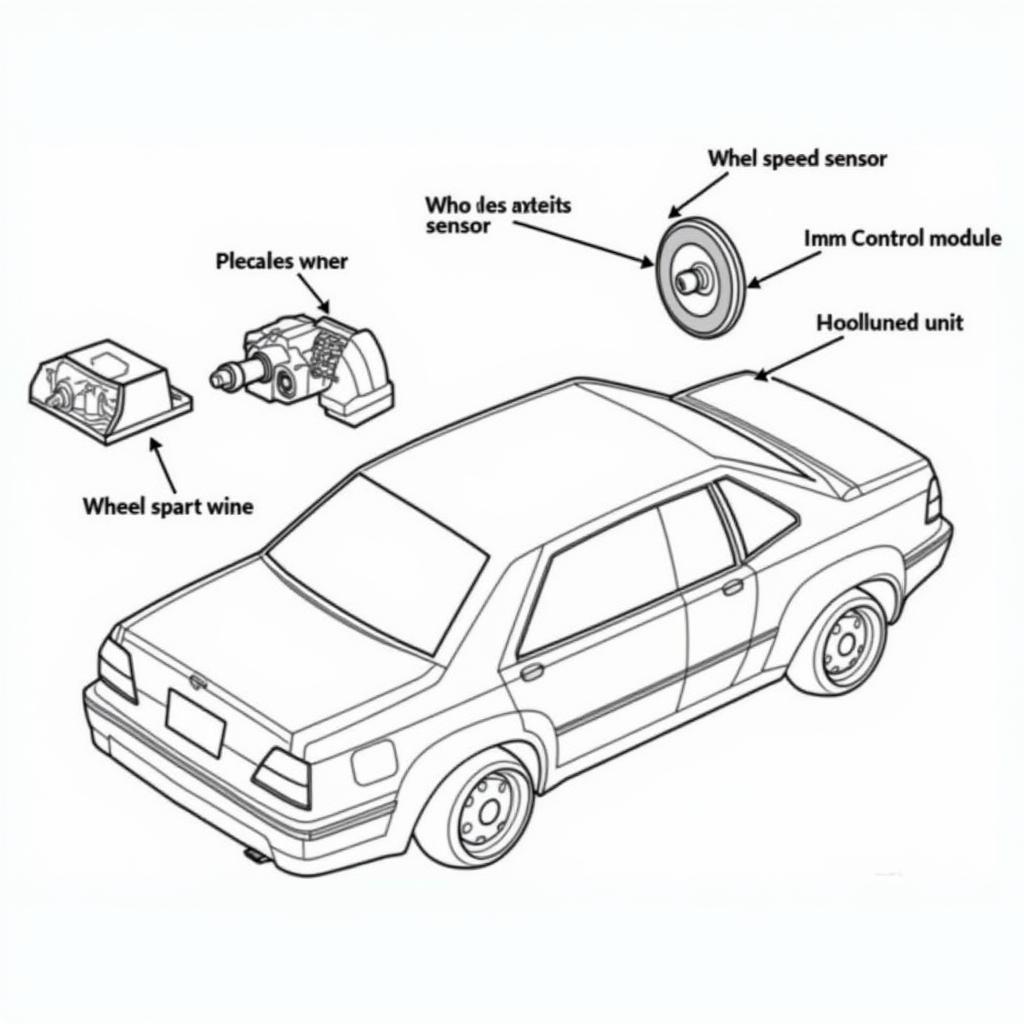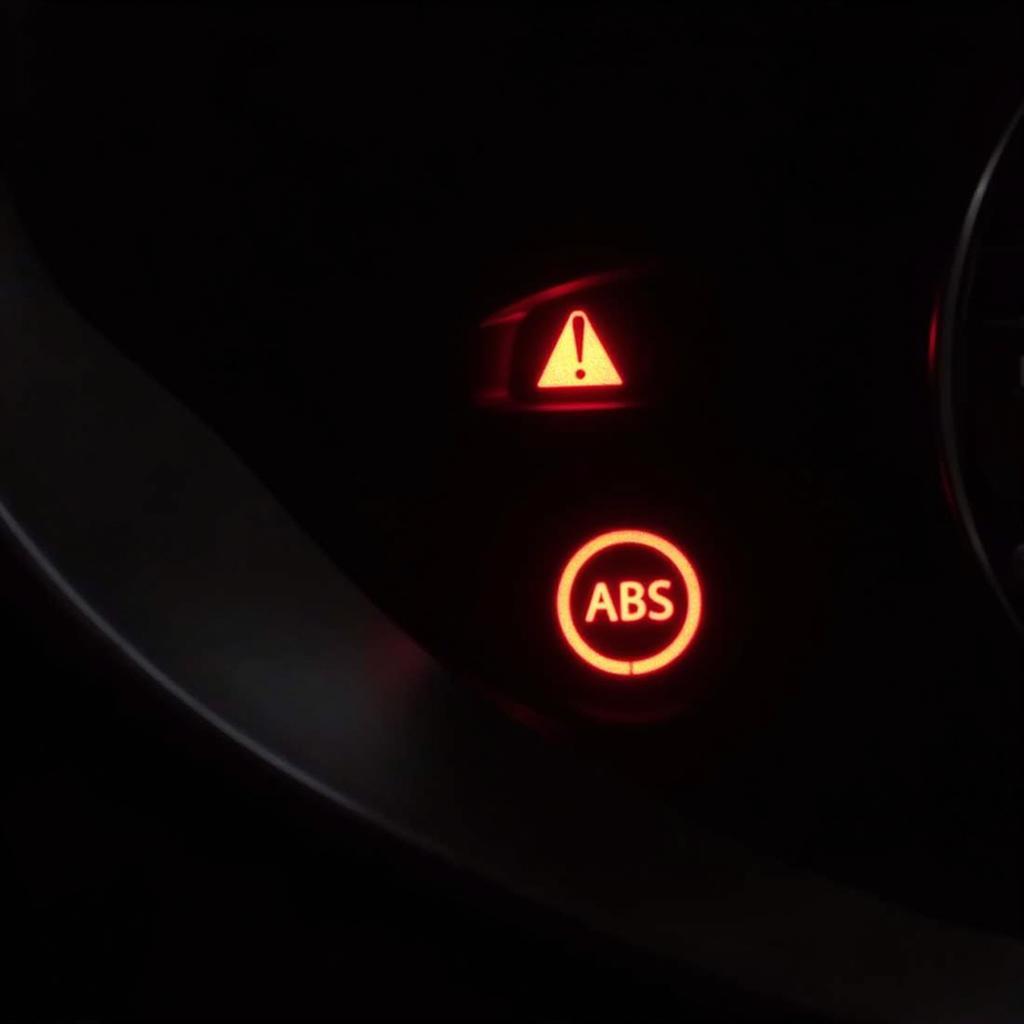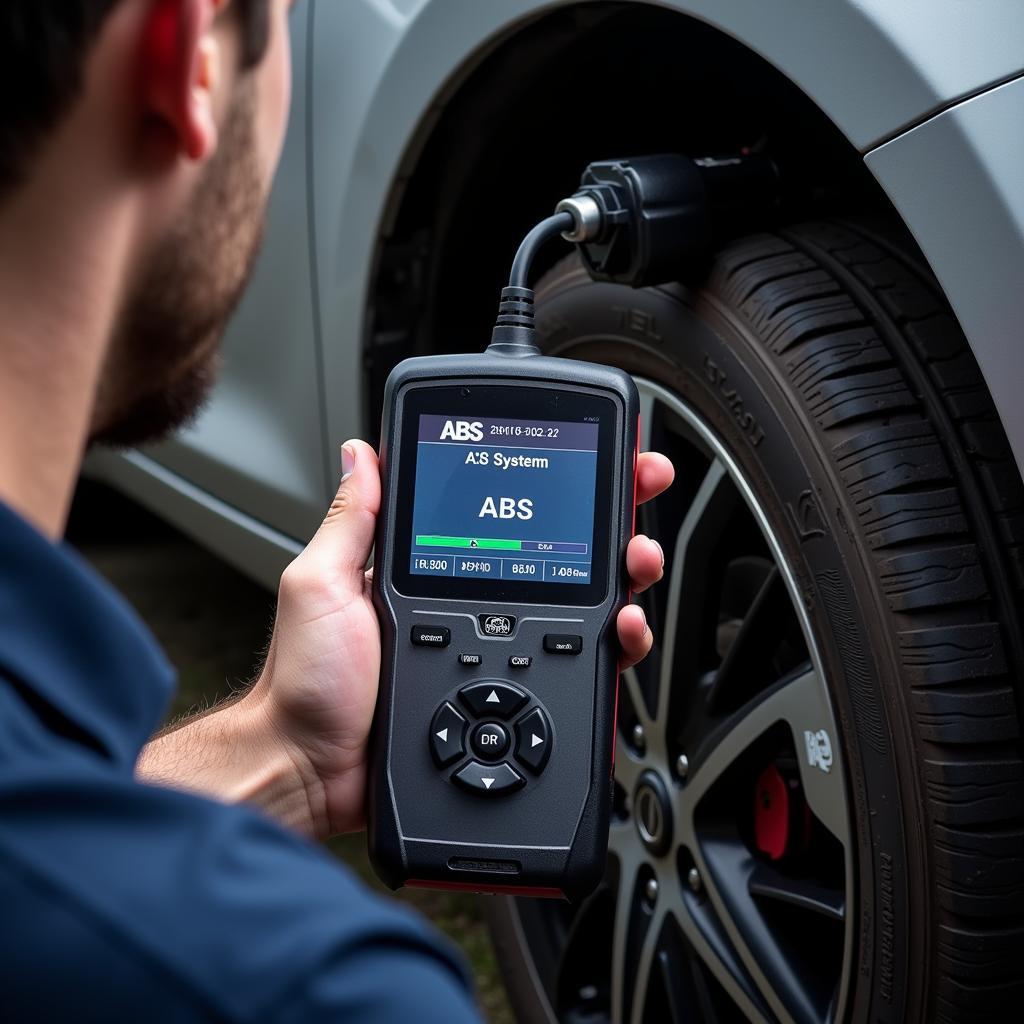The anti-lock brake warning light, often illuminated as “ABS” or an encircled “ABS” symbol, is a crucial indicator of your vehicle’s safety system. When this light flickers or remains on, it signals a potential issue with your anti-lock braking system (ABS), which plays a vital role in preventing wheel lockup during sudden braking. While a glowing ABS light might seem alarming, understanding its implications and addressing the underlying problem can ensure your vehicle’s safety and optimal braking performance.
Understanding Your Anti-Lock Brake System (ABS)
Before delving into the causes and solutions for an illuminated ABS warning light, it’s essential to grasp the fundamentals of your vehicle’s anti-lock brake system:
-
Preventing Wheel Lock-Up: The primary function of your ABS is to prevent the wheels from locking up during hard braking. This prevents skidding and allows you to maintain steering control, significantly reducing the risk of accidents.
-
Sensors and Control Modules: ABS utilizes wheel speed sensors to monitor the rotational speed of each wheel. If a sudden decrease in speed is detected, indicating a potential wheel lock-up, the ABS control module takes over.
-
Modulating Brake Pressure: The control module rapidly adjusts the brake pressure applied to each wheel independently. This process of rapid pulsing prevents the wheels from locking, allowing you to maintain control and steer to safety.
 Car Anti-lock Brake System Components
Car Anti-lock Brake System Components
Common Reasons Your Anti-Lock Brake Warning Light Is On
A illuminated anti-lock brake warning light can be triggered by several factors, ranging from minor sensor malfunctions to more significant system errors. Here are some common culprits:
-
Faulty Wheel Speed Sensors: Wheel speed sensors are prone to damage or contamination from dirt, debris, or even normal wear and tear. A malfunctioning sensor can disrupt the ABS control module’s ability to monitor wheel speed accurately.
-
ABS Control Module Issues: The ABS control module, responsible for the entire system’s operation, can experience electrical faults or software glitches, leading to a warning light.
-
Low Brake Fluid Level: Brake fluid is the lifeblood of your braking system, including the ABS. Low fluid levels can indicate a leak in the system and hinder proper ABS function.
-
Hydraulic System Malfunctions: Issues within the ABS hydraulic unit, such as a malfunctioning pump or valve, can also trigger the warning light.
-
Blown Fuse or Electrical Problems: Like any electrical system, the ABS relies on fuses and wiring. A blown fuse or damaged wiring can disrupt the flow of power, leading to system errors.
 Anti-lock Brake Warning Light on Dashboard
Anti-lock Brake Warning Light on Dashboard
What to Do When Your Anti-Lock Brake Warning Light Comes On
If your anti-lock brake warning light illuminates, it’s crucial to address the issue promptly. While your conventional braking system may still function, the absence of ABS can compromise your safety, especially in emergency braking situations.
Here’s a step-by-step guide to help you navigate the situation:
-
Acknowledge the Warning: First and foremost, don’t ignore the warning light. Pull over to a safe location when possible.
-
Check Your Brake Fluid: Carefully inspect your brake fluid level. If it’s low, adding brake fluid might temporarily address the issue, but it’s crucial to have the system checked for leaks.
-
Avoid Hard Braking (If Possible): While your regular brakes should still function, avoid hard braking unless absolutely necessary. Remember, your ABS might not be operational.
-
Seek Professional Diagnosis: Schedule an appointment with a qualified mechanic specializing in automotive diagnostics. They have the expertise and equipment to pinpoint the exact cause of the ABS warning light.
“Ignoring an ABS warning light is like disarming a safety net,” says Jake Miller, a seasoned automotive diagnostician with over 20 years of experience. “It’s always best to err on the side of caution and have a professional diagnose the problem.”
Advanced Diagnostic and Repair Solutions
In today’s technologically advanced automotive landscape, remote diagnostics and software solutions are playing an increasingly vital role in addressing ABS issues:
-
Remote Diagnostics: Some advanced diagnostic tools allow mechanics to remotely access your vehicle’s computer system, retrieve fault codes, and analyze data, often providing a preliminary diagnosis without a physical inspection.
-
Software Updates and Reprogramming: In some cases, an ABS warning light might be triggered by software glitches within the ABS control module. Reprogramming or updating the module’s software can often rectify such issues.
 Mechanic Performing ABS Diagnostics
Mechanic Performing ABS Diagnostics
Preventing Future ABS Issues
While some ABS problems are unavoidable due to wear and tear, adopting proactive measures can help prevent future issues:
-
Regular Brake System Inspections: Include a thorough inspection of your brake system, including the ABS components, as part of your routine vehicle maintenance.
-
Quality Brake Fluid and Timely Replacements: Use high-quality brake fluid and adhere to your manufacturer’s recommended replacement intervals.
-
Address Warning Lights Promptly: Never ignore warning lights related to your brakes or any other safety-critical system.
Conclusion
Your vehicle’s anti-lock brake system is a crucial safety feature designed to provide optimal control during emergency braking. Understanding the implications of an illuminated ABS warning light, addressing the underlying issue promptly, and adopting preventive measures can help ensure your safety on the road. Remember, when it comes to brakes, erring on the side of caution is always the wisest course of action.
